Home>Ideas and Tips>How To Choose And Install The Right Bathroom Vanity With Double Sinks
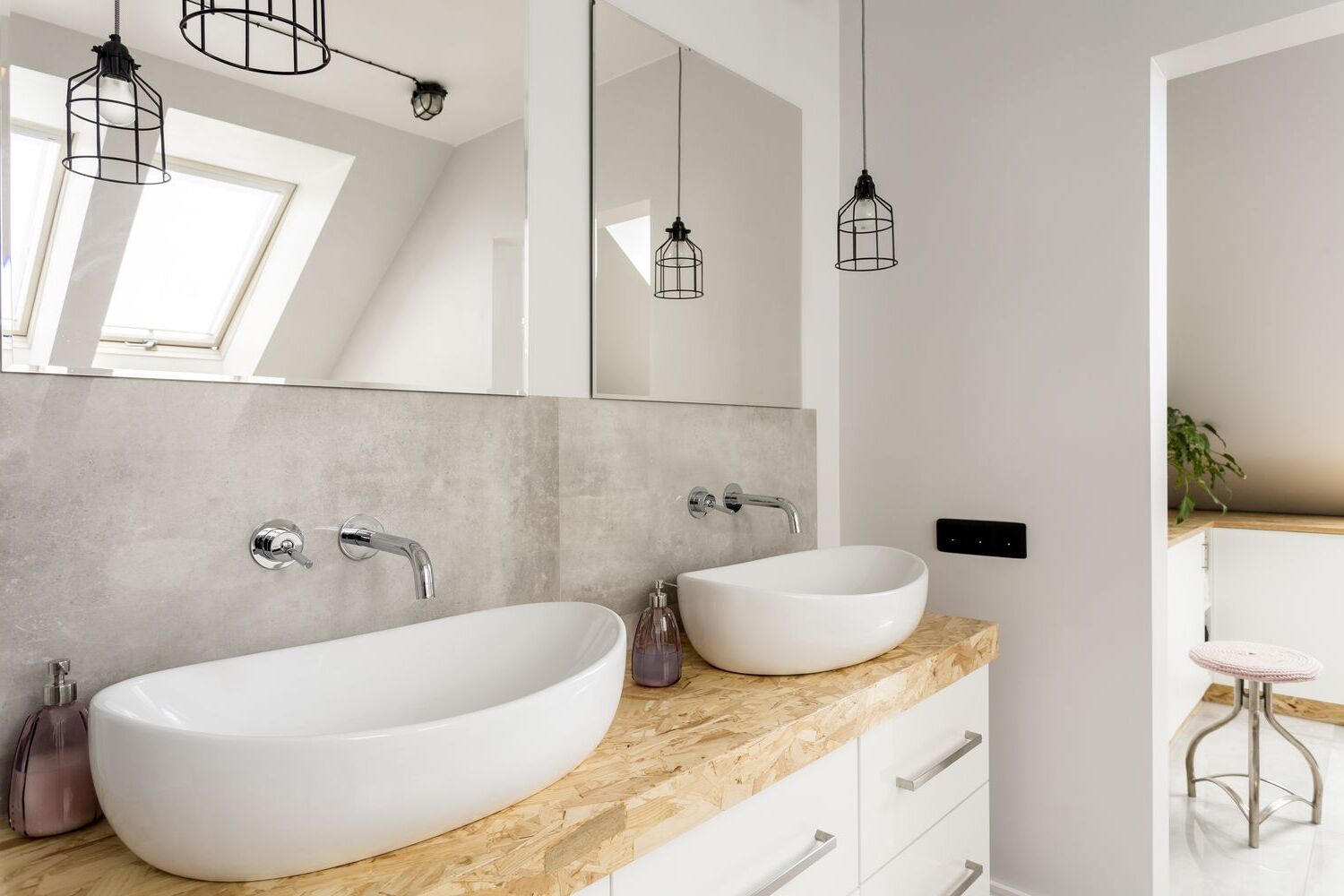

Ideas and Tips
How To Choose And Install The Right Bathroom Vanity With Double Sinks
Modified: November 2, 2024
Learn how to choose and install the perfect double sink bathroom vanity with our comprehensive guide. Maximize style and functionality in your bathroom.
(Many of the links in this article redirect to a specific reviewed product. Your purchase of these products through affiliate links helps to generate commission for Storables.com, at no extra cost. Learn more)
Choosing the right bathroom vanity, especially one with double sinks, can be a daunting task. It involves careful consideration of several factors, including the size of your bathroom, the plumbing layout, and your personal style preferences. In this article, we will guide you through the process of selecting and installing a double sink bathroom vanity, ensuring that your new vanity not only looks great but also functions perfectly.
Plan Your Space
The first step in selecting the perfect double sink vanity is to measure the available space in your bathroom. This includes determining the width, depth, and height of the area where you plan to install the vanities. You need to consider whether a single or double vanity will fit comfortably in the space. If you have a small bathroom, you might want to opt for wall-mounted vanities or narrow corner vanities that provide good storage without taking up too much floor space.
Measuring the Bathroom
- Width: Measure the width of the area where you plan to install the vanities. Standard widths for single vanities range from 36 to 48 inches, while double vanities typically measure between 60 and 72 inches.
- Depth: Measure the depth of the area to ensure that the vanity will fit comfortably without obstructing any movement within the bathroom. Standard depths for vanities are around 21 inches, but this can vary depending on the design and style you choose.
- Height: Consider the height of the vanity. Master bathrooms often use 36-inch-high vanities, while guest bathrooms may use vanities ranging from 32 to 34 inches high.
Considering Obstacles
When measuring, also consider any potential obstacles such as door swings or other fixtures that might affect where you can place the vanity. It's also important to check your city’s building codes to ensure that your chosen size meets all necessary guidelines.
Identify Your Style
Your sense of style should guide your vanity choice because most vanities are made to fit specific home styles. Here are some common styles and how they might influence your choice:
- Contemporary: This style features lean lines, a simple aesthetic, and a focus on functionality. It pairs well with contemporary vanities like solid surface countertops, simple hardware, and a monochrome color palette.
- Modern: Modern bathroom design focuses more on design and aesthetics. A contemporary vanity could have extra features like curved edges, glass, or metal components. The floating vanity is popular in modern bathrooms and adds a layer of sleekness and sophistication.
- Transitional: Transitional bathroom design is a blend of traditional and contemporary features to provide a timeless appearance. Choose a vanity with classic details like beadboard or raised paneling but include modern twists like clean-lined countertops or modern hardware.
- Farmhouse: Farmhouse vanities are cozy, rustic, natural, and simple. They often feature aged finishes or distressed wood and include other rustic components such as trough sinks or antique hardware.
Choose Your Vanity Sink Style
After determining your bathroom preference, consider whether you’ll need a single or double sink. Calculate how much counter space you need because the sink will take up some of it. Although some vanities come with sinks and countertops already paired, you will need to choose the type of sink that best meets the demands of the bathroom if you’re buying a bathroom vanity.
Types of Sinks
- Undermount Sinks: These sinks are mounted underneath the countertop, providing a sleek look and easy cleaning. They are popular choices but require careful installation to ensure proper sealing.
- Vessel Sinks: These sinks sit on top of the countertop and come in various shapes and sizes. They offer a unique look but may require more maintenance due to their exposed nature.
- Drop-in Sinks: These sinks are mounted into a recessed area in the countertop. They are easy to install but may not provide as sleek a look as undermount sinks.
- Wall-mounted Sinks: These sinks are mounted directly to the wall, providing additional counter space underneath. They are ideal for small bathrooms where floor space is limited.
Determine the Right Vanity Size
Vanity size is crucial for ensuring that your new vanity fits comfortably in the space without obstructing any movement within the bathroom. Here are some tips for choosing the right size:
- Single Vanities: Standard widths for single vanities range from 36 to 48 inches, with standard heights between 32 and 39 inches. They are an excellent choice for guest bathrooms and powder rooms.
- Double Vanities: Double vanities measure between 60 and 72 inches in length, depending on how much counter space you need on either side of the sinks. They are ideal for master bathrooms or shared bathrooms where multiple individuals need to use the area at the same time.
Select a Color
Color choices can significantly affect mood and represent your style. Here are some popular color options:
- High-gloss White: This color is classic and timeless, making it a popular choice for many bathroom vanities. It reflects light well, making the space appear larger.
- Dark, Rustic Brown: This color adds warmth and coziness to the bathroom, making it perfect for farmhouse-style vanities.
Consider Storage Needs
Once you know the right size vanity for your space, it’s time to consider the different storage solutions each design offers. Vanities can provide a combination of drawers, cabinets, shelves, and special features designed to enhance your daily routine. Think about the items you need to store and choose a vanity with the right combination of concealed and exposed storage.
Pair the Vanity with a Countertop
Cap off your new vanity with a countertop that adds a layer of style and plenty of additional storage for all your everyday essentials. Choose a countertop just large enough for soap and a couple of items or choose a long countertop that provides a recessed area to sit at to apply makeup. Popular countertop materials include granite, quartz, and cultured marble.
Countertop Materials
- Granite: Prized for its natural beauty, durability, and resistance to scratches and heat. It’s a popular choice but can be expensive.
- Quartz: An engineered stone offering a wide range of colors. It’s non-porous, highly resistant to stains and scratches, making it a low-maintenance option.
- Cultured Marble: Made from a blend of marble dust and resins. It provides a smooth, seamless appearance with a classic marble look at an affordable price.
Introduce Plumbing Fixtures
The faucet and knobs you introduce to your vanity design act as the jewelry to complete your new vanity. The brands, finishes, and collections you feature in the other parts of the bathroom can help guide you toward the best bathroom faucets for your remodel. There are even bathroom sink and faucet combos available to ensure the ideal match.
Install Bathroom Vanity Lights
Get a clear view of your daily routine when you introduce new bathroom vanity lights to your new vanity design. Coordinate your vanity lighting with shower, closet, and water closet lighting solutions as well. Proper lighting can enhance both functionality and aesthetics.
Final Installation Considerations
Before you start installing your double sink vanity:
Plumbing Layout
Understand where your plumbing is located before making any decisions about the vanity placement. Moving plumbing can be costly and time-consuming, so it’s best to work with the existing setup if possible.
Obstacles
Identify any potential obstacles such as electrical outlets or other fixtures that might affect where you can place the vanity. Measure carefully to ensure that there is enough clearance around the vanity for comfortable movement within the bathroom.
Professional Consultation
If you're uncertain about any aspect of installing a double sink vanity—whether it's compatibility issues with existing fixtures or ensuring proper plumbing hookups—consult a professional contractor or bathroom remodeling expert. They can provide valuable insights and recommendations based on your specific requirements.
Conclusion
Choosing and installing the right bathroom vanity with double sinks involves careful planning and consideration of several factors including space measurement, style preference, sink type selection, storage needs, countertop material choice, plumbing fixture selection, lighting installation, and final installation considerations. By following these steps meticulously, you can ensure that your new vanity not only looks great but also functions perfectly in your bathroom.
Remember that while this guide provides comprehensive tips for choosing and installing a double sink vanity, it’s always best to consult professionals if you're unsure about any aspect of the process. With patience and attention to detail, you can transform your bathroom into a beautiful and functional space that meets all your needs.
Was this page helpful?
At Storables.com, we guarantee accurate and reliable information. Our content, validated by Expert Board Contributors, is crafted following stringent Editorial Policies. We're committed to providing you with well-researched, expert-backed insights for all your informational needs.
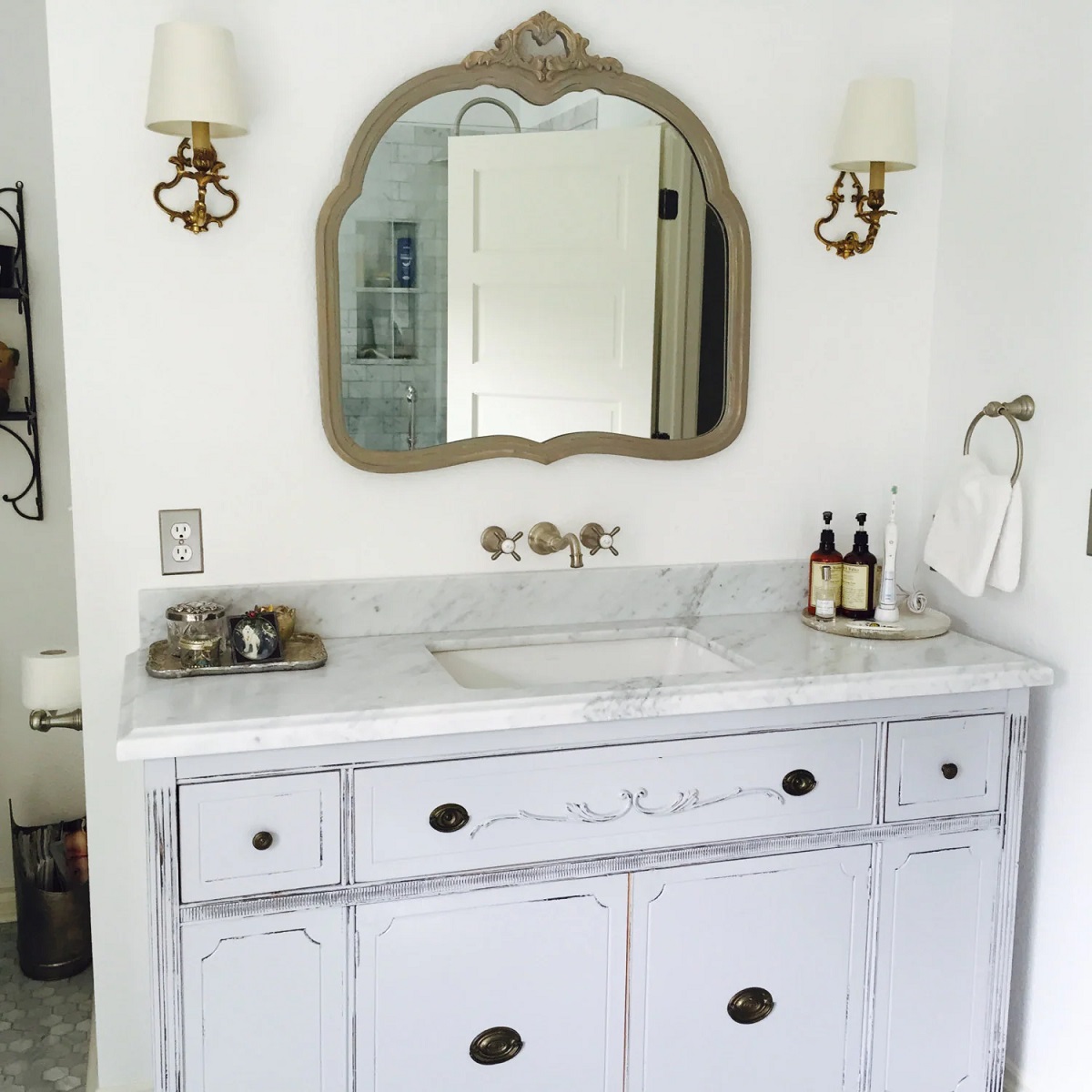
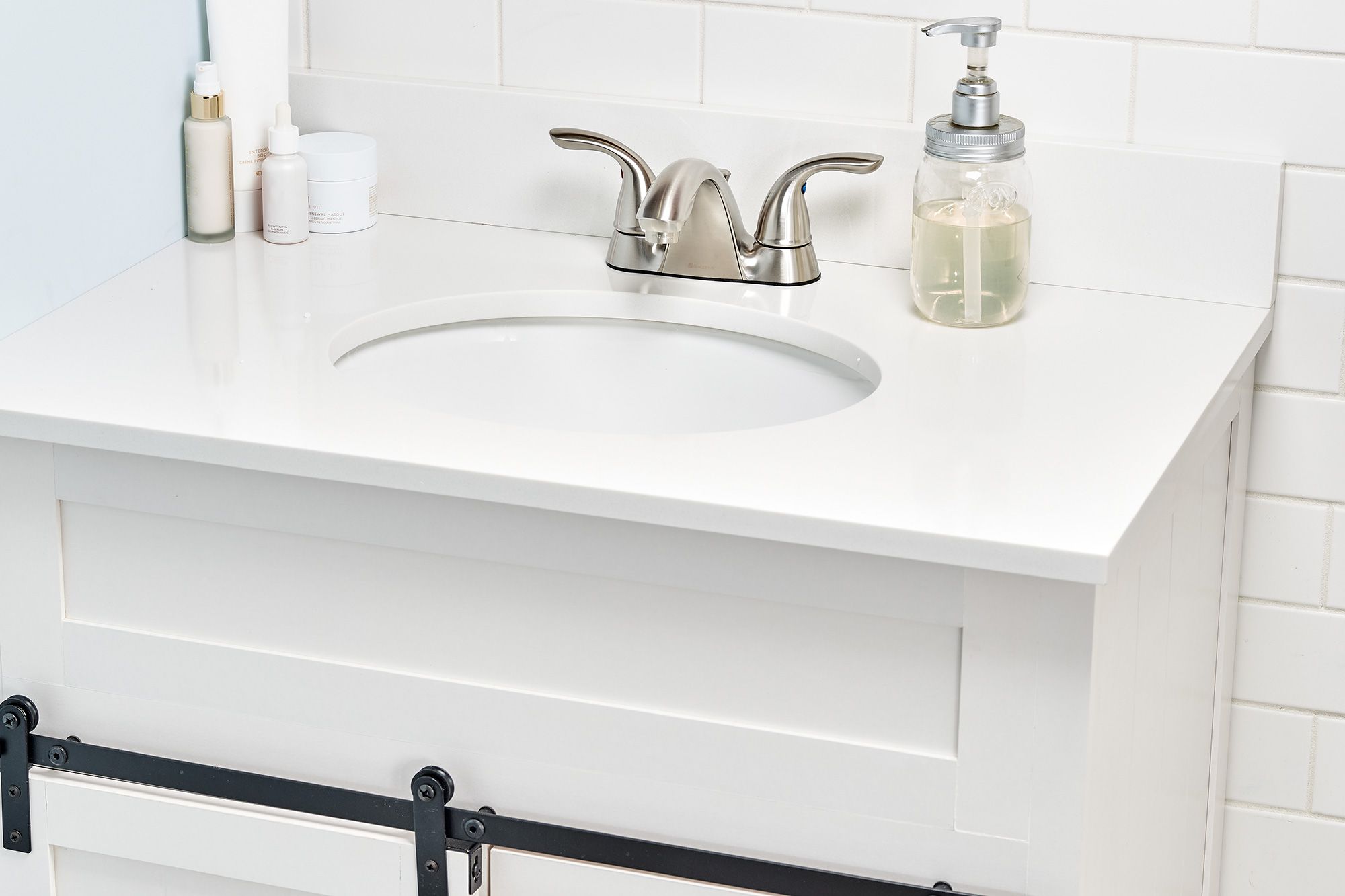
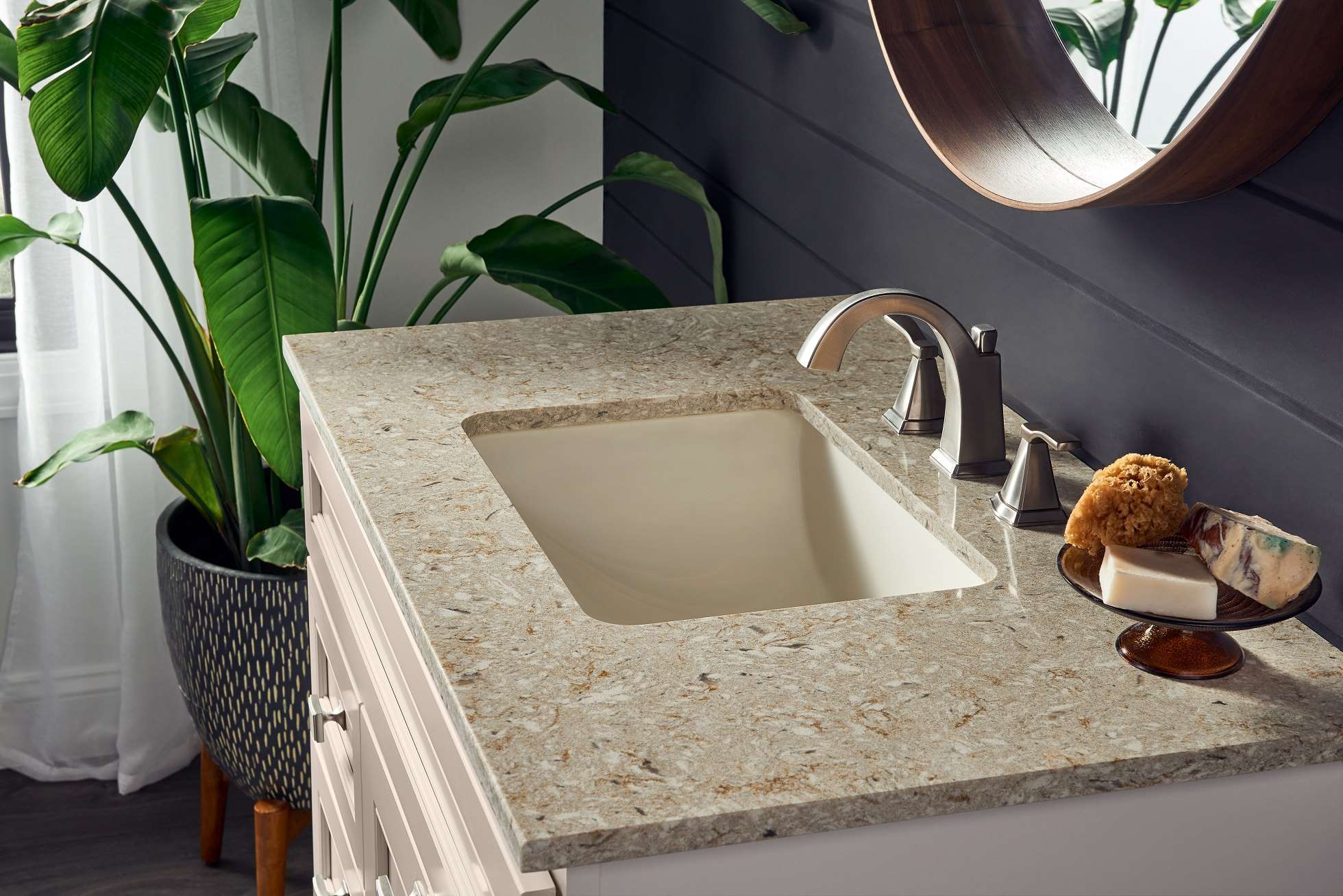
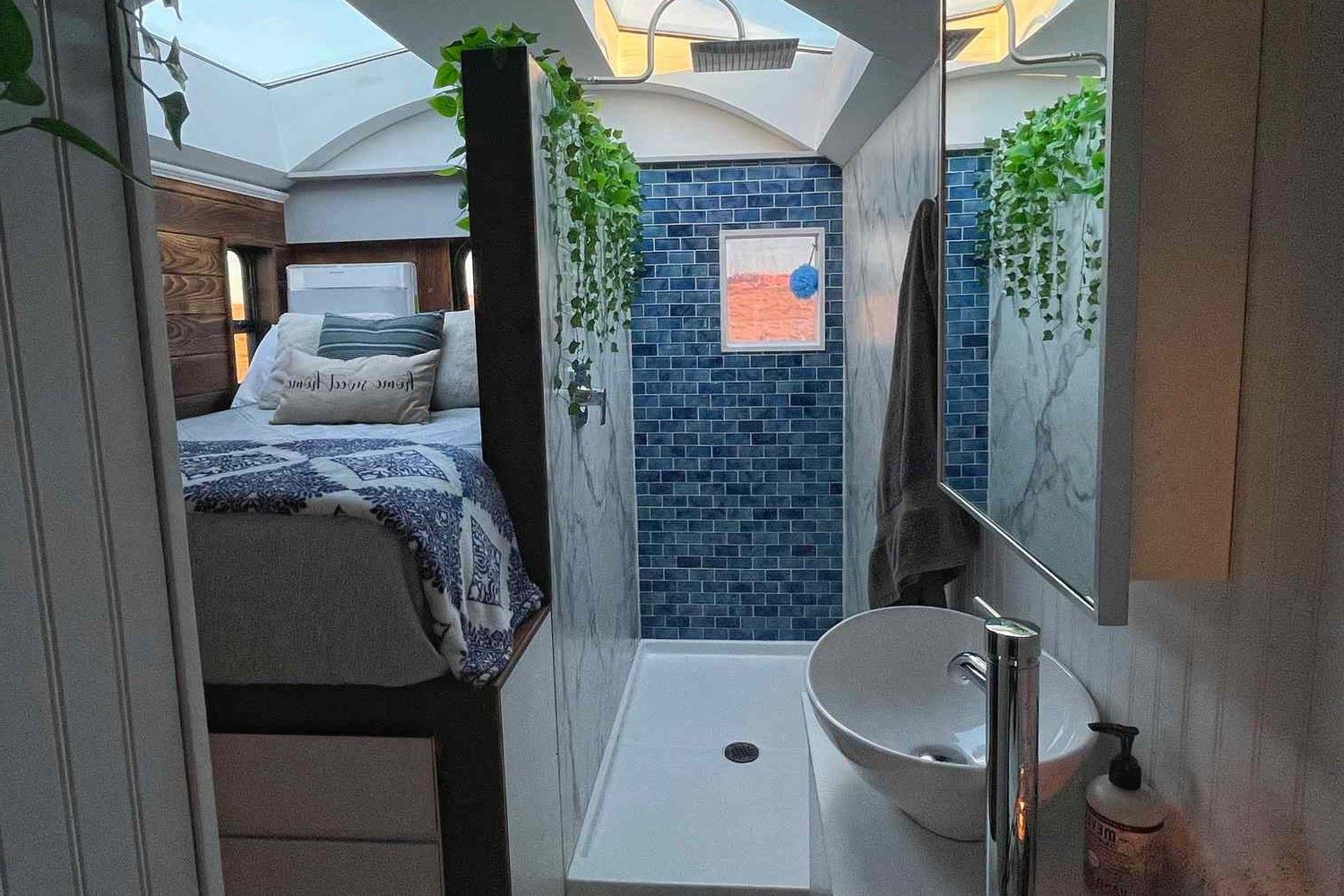
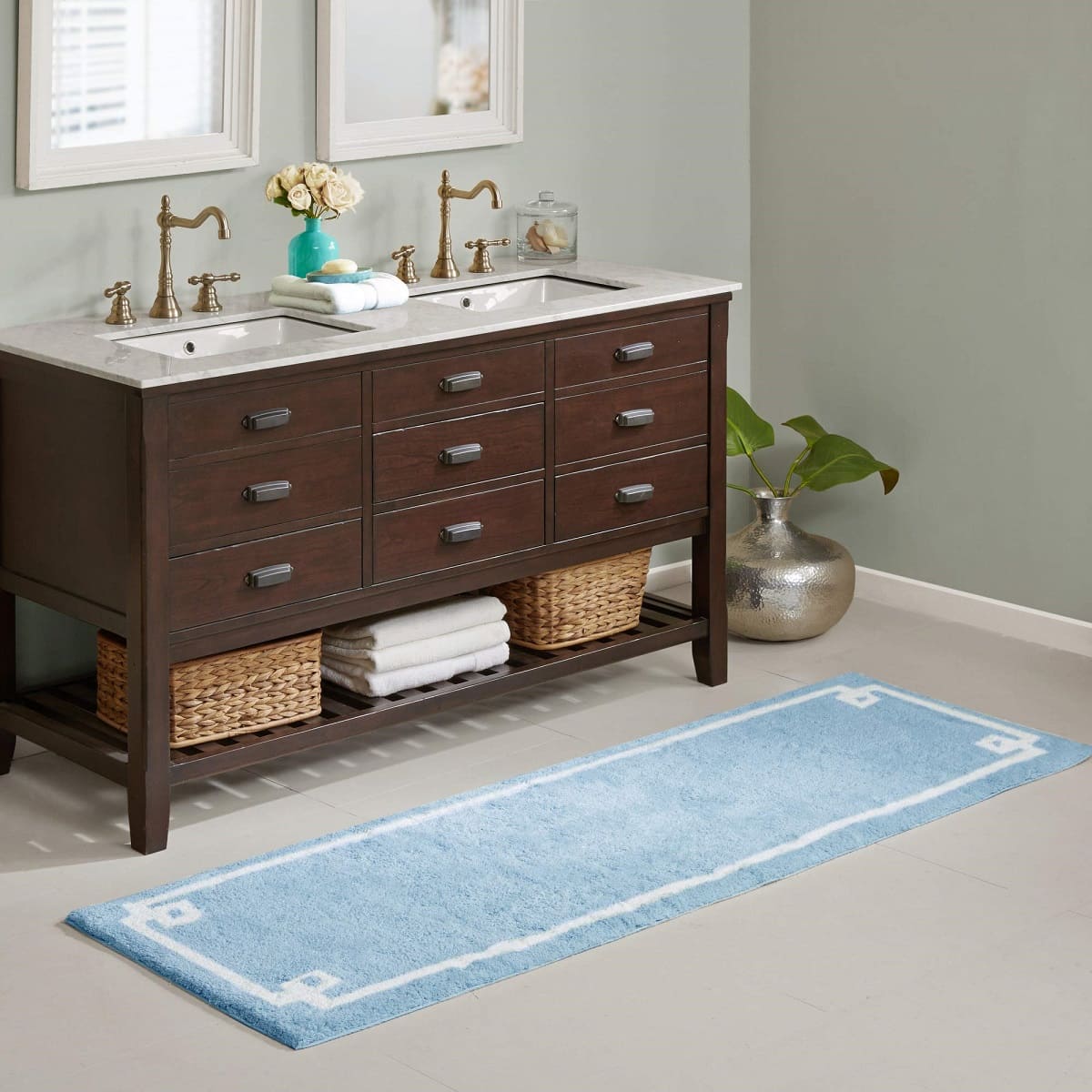
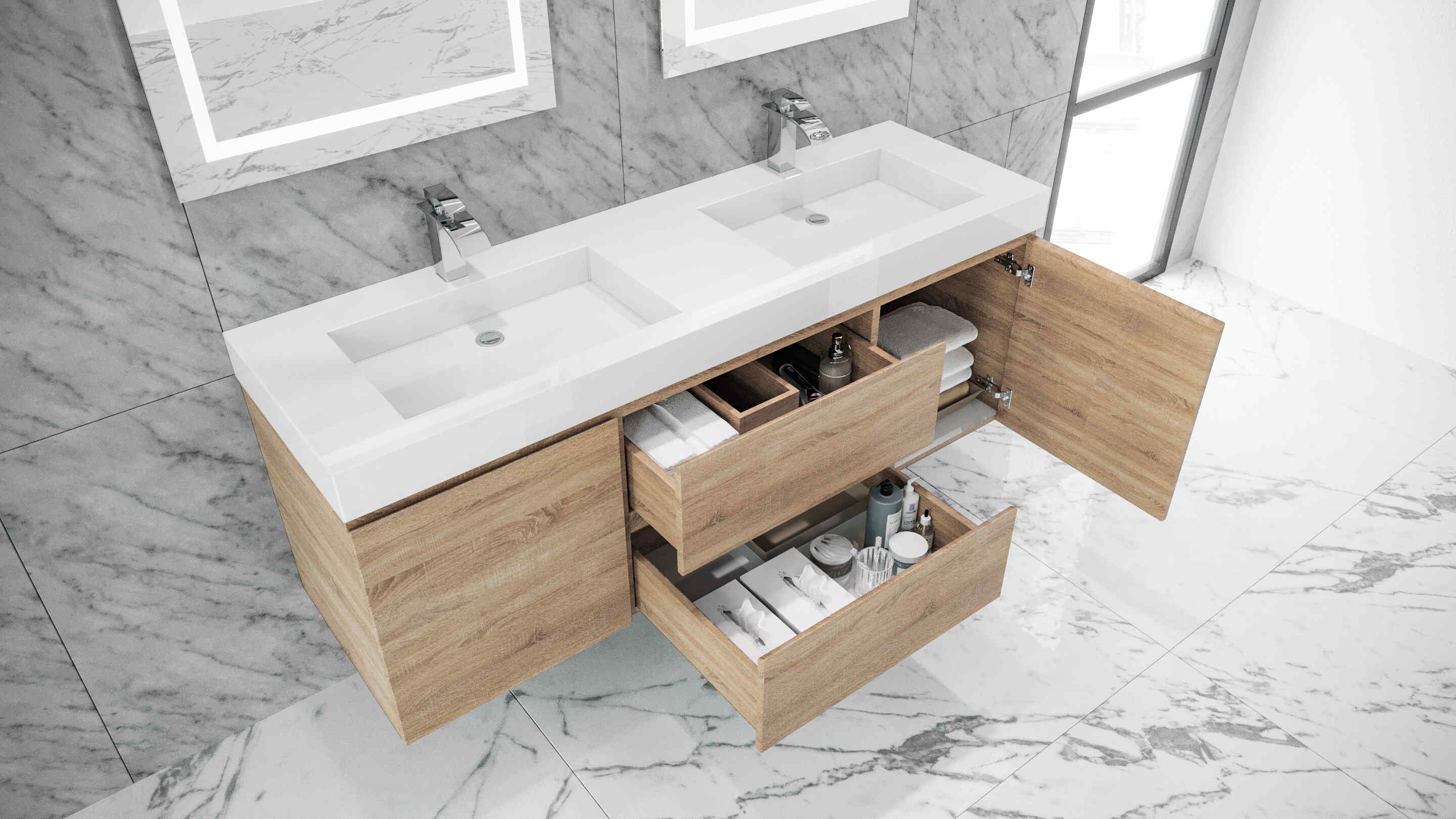
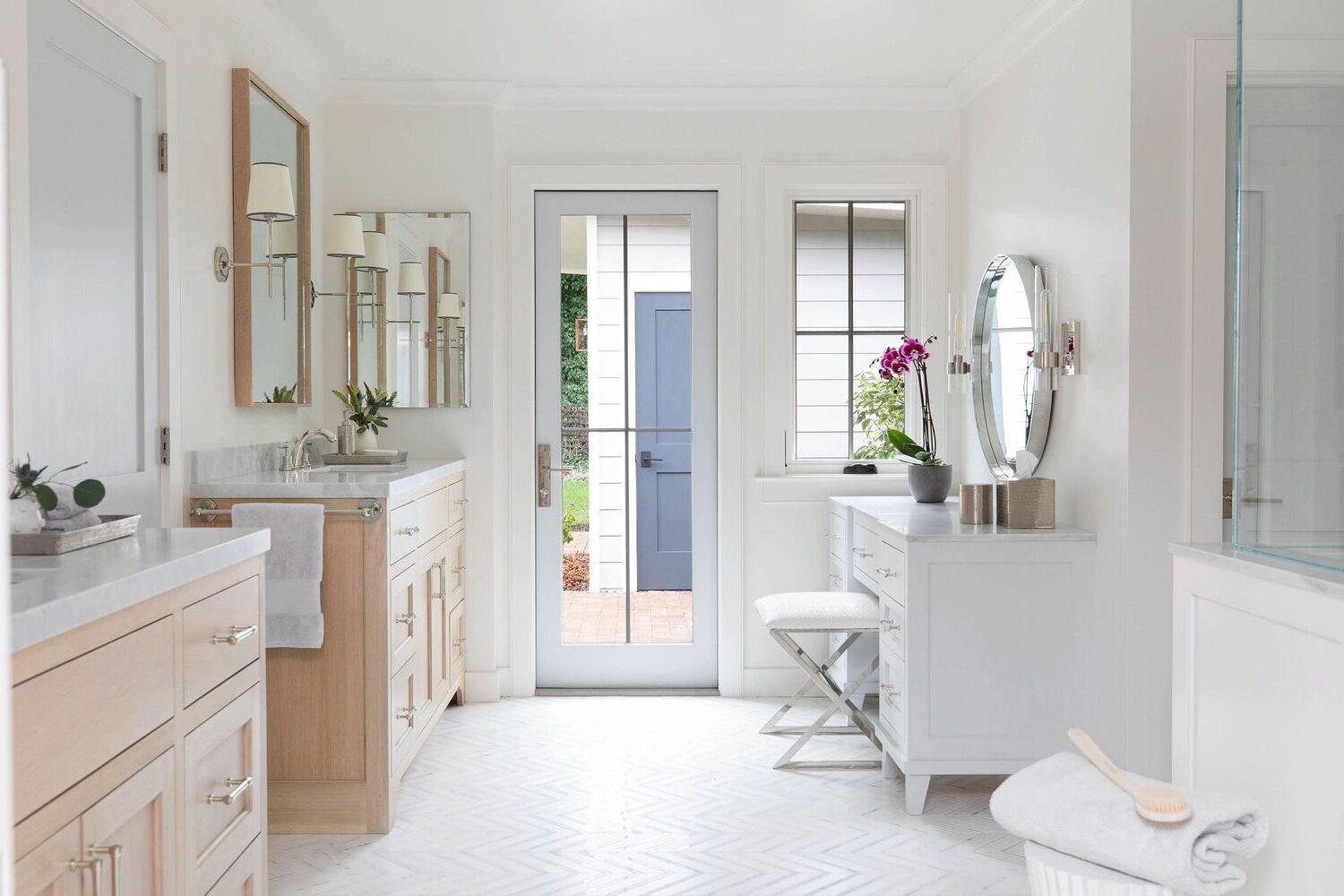
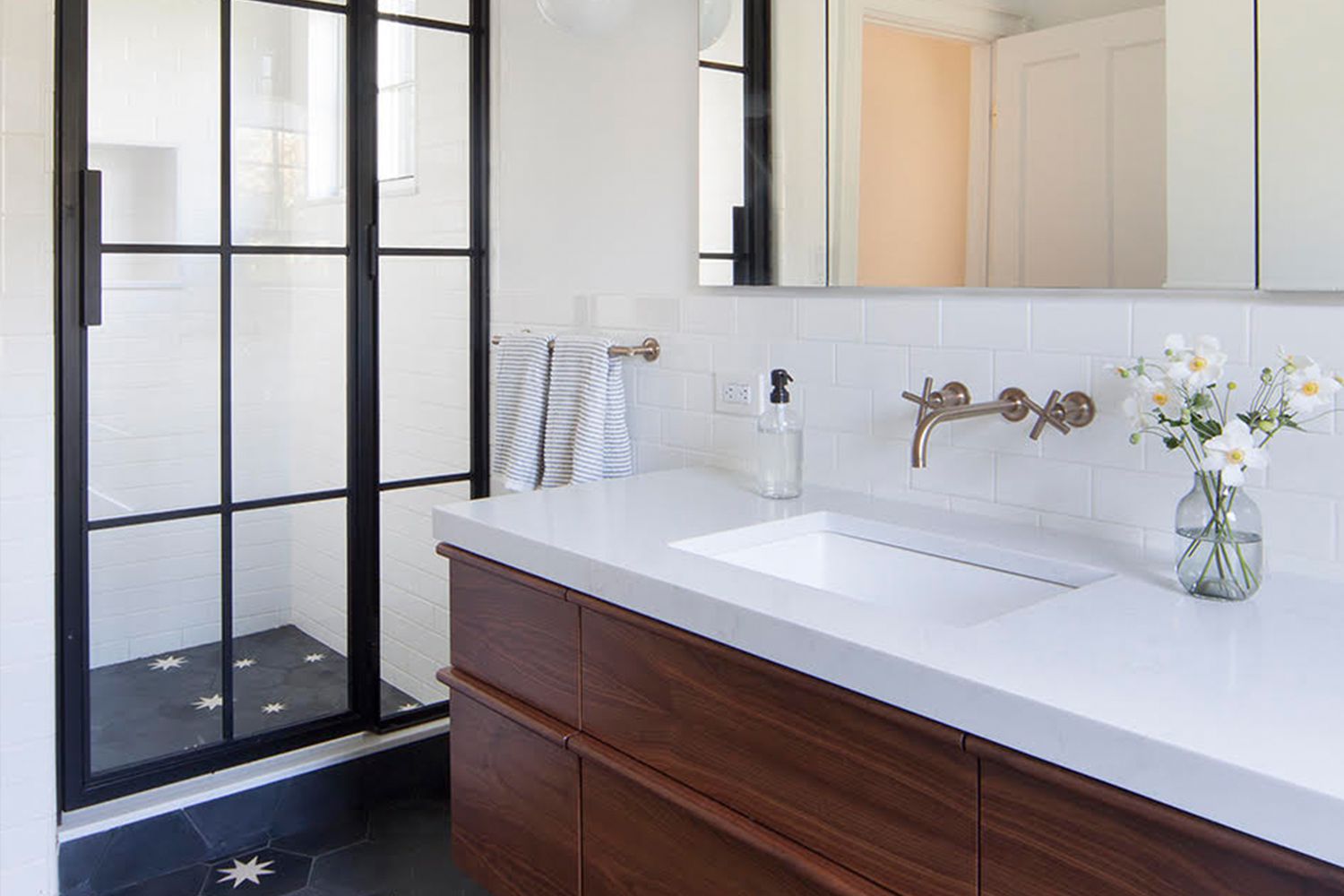
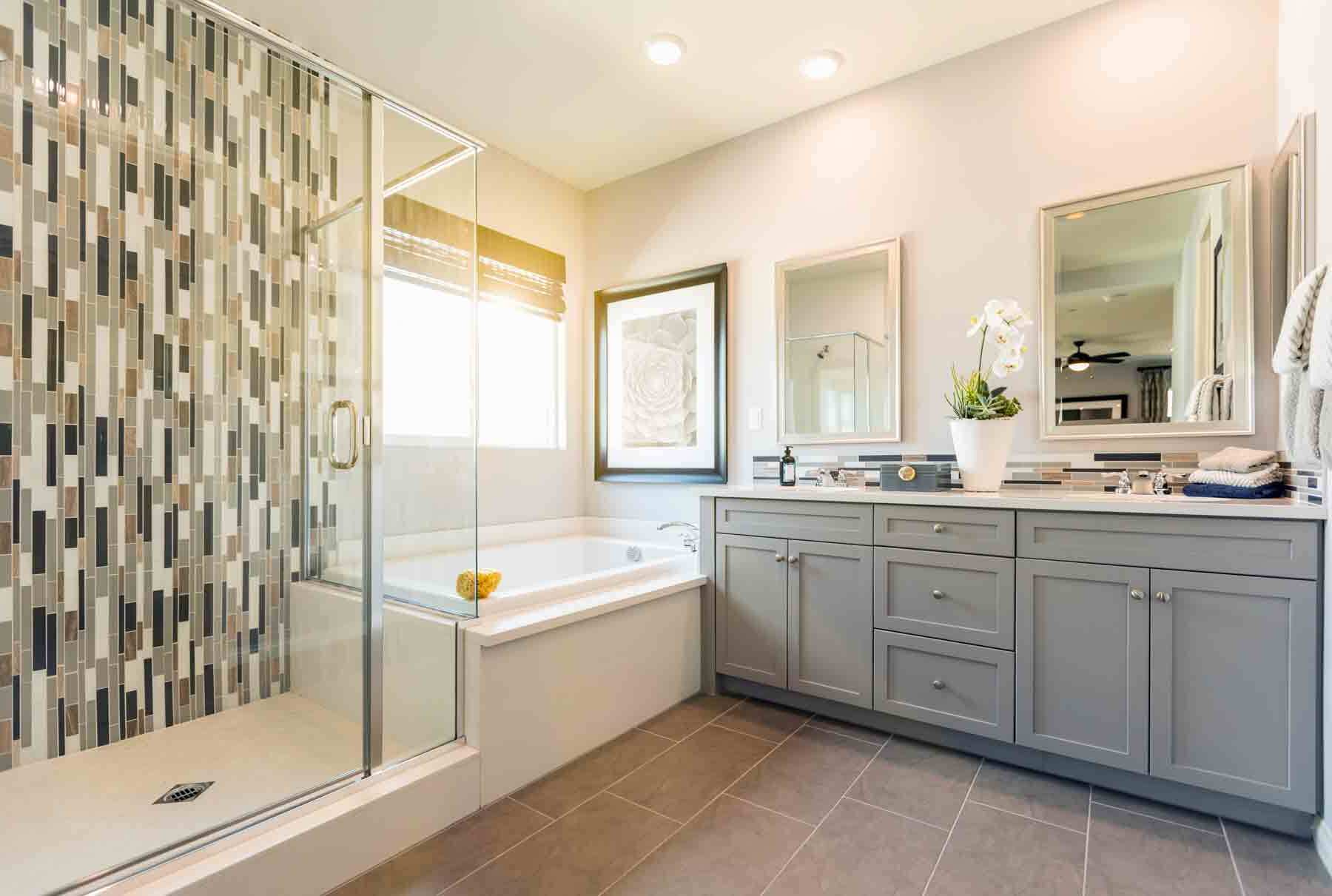
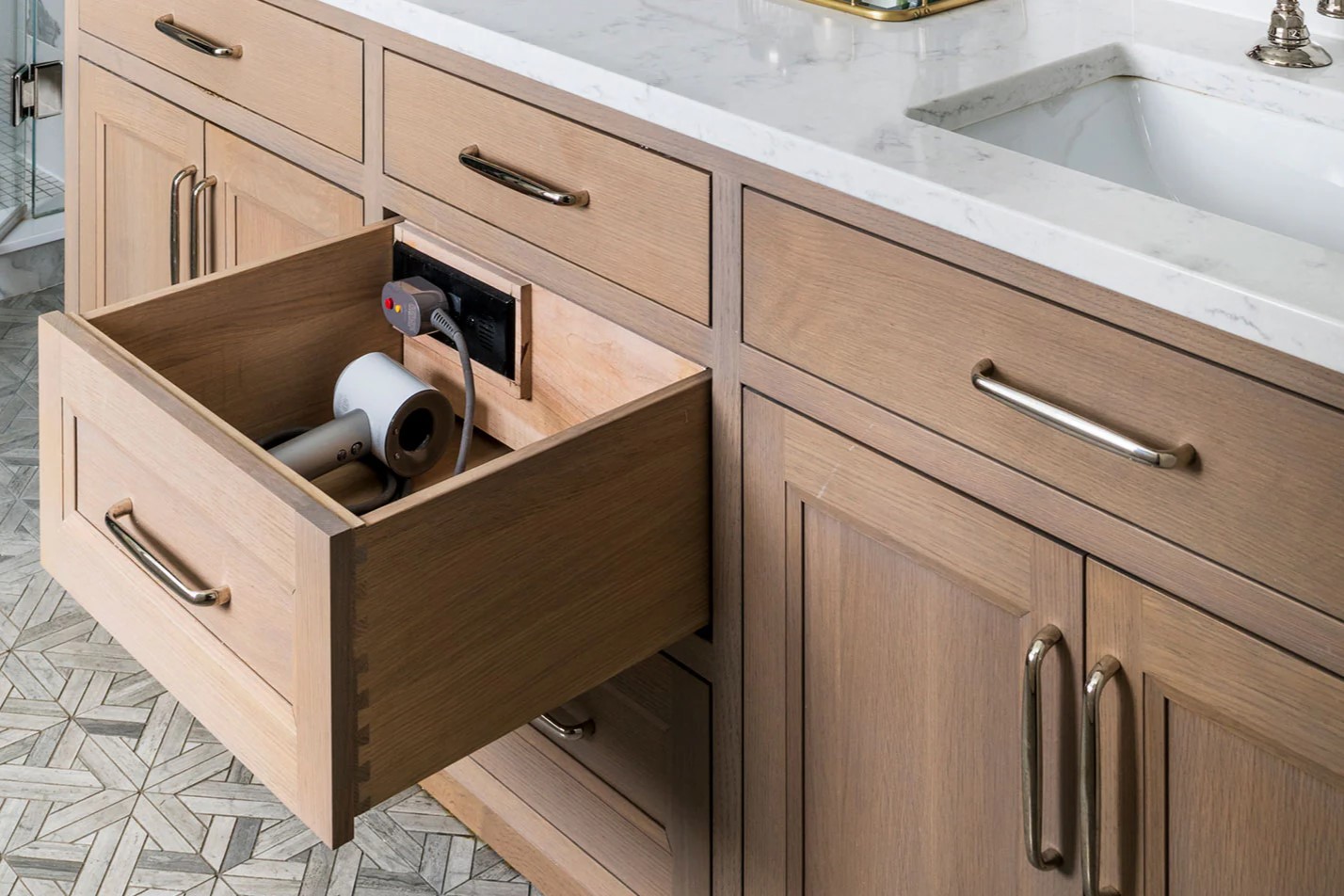
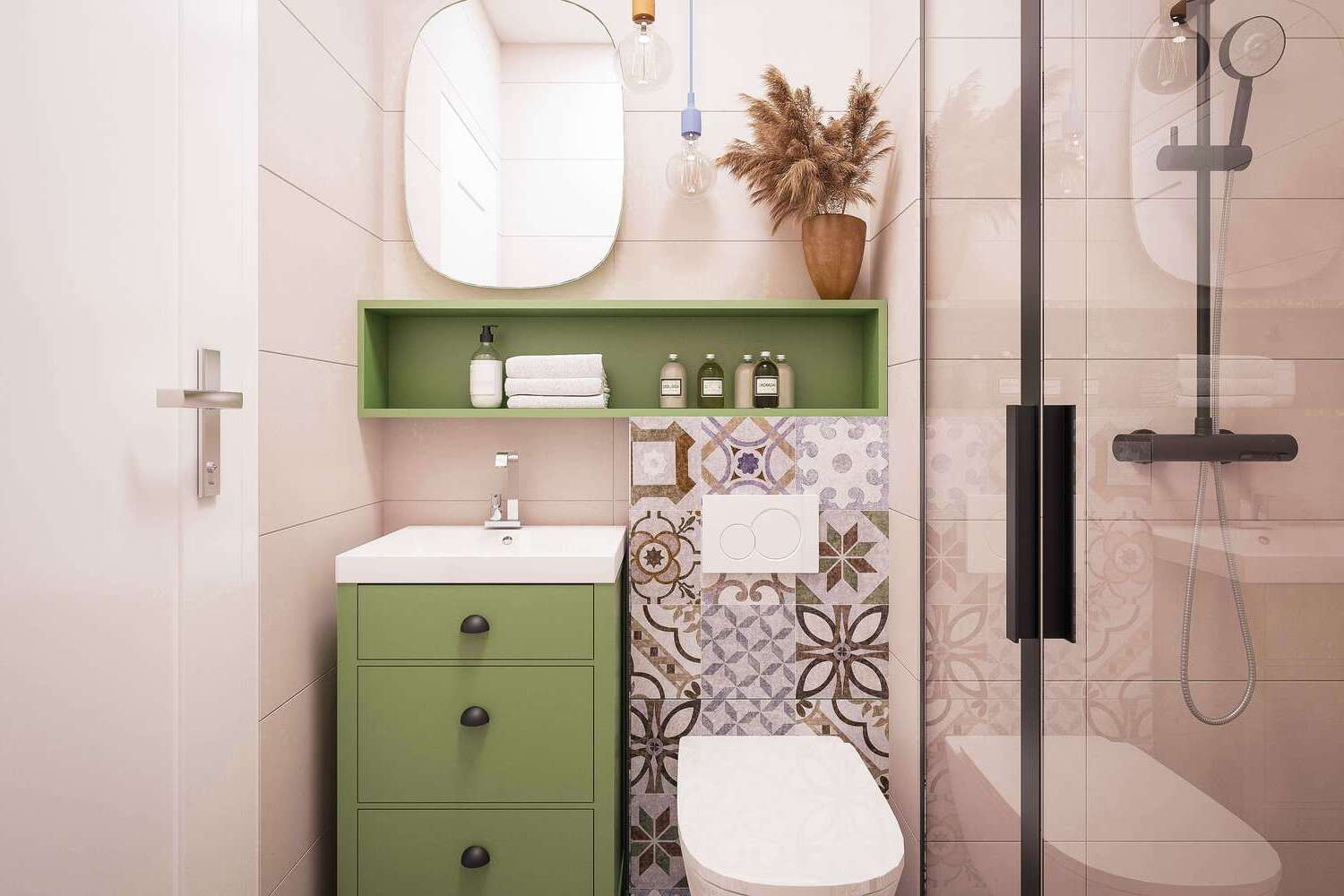

0 thoughts on “How To Choose And Install The Right Bathroom Vanity With Double Sinks”